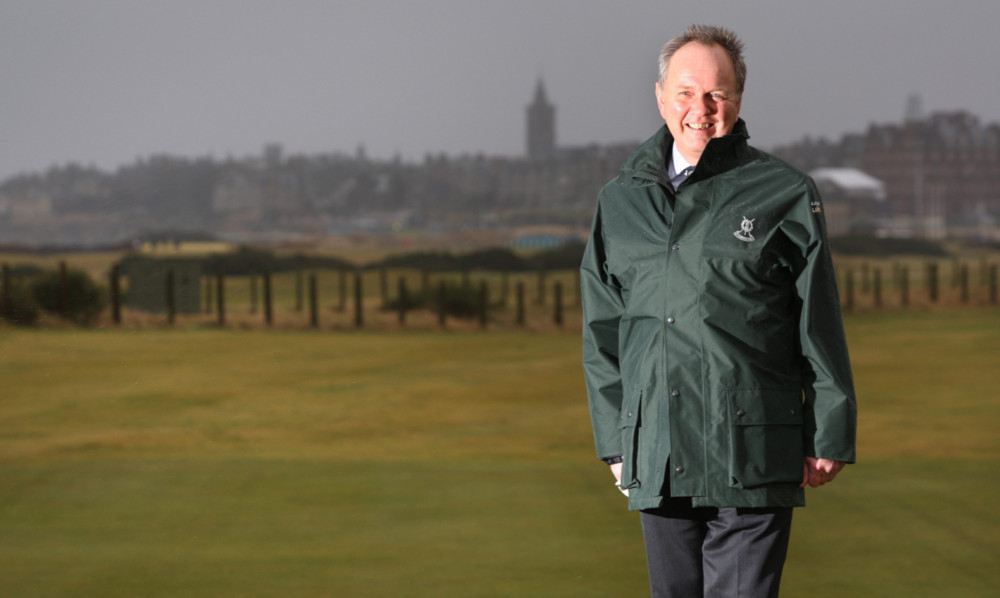Controversial changes to the historic Old Course at St Andrews could be reversed or shelved if greenkeepers and local clubs deem them to be unnecessary.
The alterations to the 600-year-old Home of Golf, to be done in two stages with some already in place, have caused outrage abroad but virtually no reaction locally, where the local clubs were consulted prior to the changes being announced in November.
Several high-profile commentators and players have questioned the need to make the changes, instigated by the R&A and the St Andrews Links Trust, which include the movement and creation of some bunkers, the flattening of a portion of the 11th green and works to increase the danger from the infamous 17th Road Hole bunker.
However, the creation of “broken ground” mounding at several holes but only at the left of the second green in the first phase of works may yet be dropped, according to St Andrews Links Trust chief executive Euan Loudon.
“The changes have caused a lot of comment generally, but there’s been no negativity locally,” he said.
“People who know these golf courses best and play them most had it explained to them what we were going to do, and they seem pretty comfortable about it.
“At some of the local male clubs it was felt that one or two holes could actually be made more difficult.
“They’re good players and in their medals they were finding the course a bit easy at times, and I think some people found that hard to swallow.”
The broken ground proposed by course architect Martin Hawtree intended to provide a different challenge around some of the Old Course greens is the one change that greenkeeping chief Gordon Moir and his team have doubts about, said Loudon.
“We’ve only done two experimental areas beside two and seven, and the greenkeepers are not convinced that this is a clever thing to do, even if the architect thinks it is,” he said.
“Gordon Moir and his staff have a view about these things. We’ll get to the end of the summer and a season’s worth of growth on this broken ground and if we don’t like it, we’ll say to (the R&A) that we shouldn’t do this.”
Loudon added that the Sports Turf Research Institute came to St Andrews “more than any other place in the UK”.
“They know about the quality of what’s on offer here and if we did something in a cosmetic landscaping sense that they thought was bonkers we’d hear about it pretty soon,” he said.
The chief executive also gave the example of the Trust’s Castle Course, where further fine-tuning to architect David McLay-Kydd’s sometimes controversial design has been made this winter.
“For three winters now we’ve made some subtle changes to green contours, and this winter we altered greens one and nine,” he said.
“It’s all been from club and player feedback. We don’t want to turn it into a resort course but if you’ve got five years’ worth of comment about certain aspects of a course, you’d be daft not to act upon it.
“If we were brutally honest about our time over the Castle Course, the architects got slightly out of range.”
